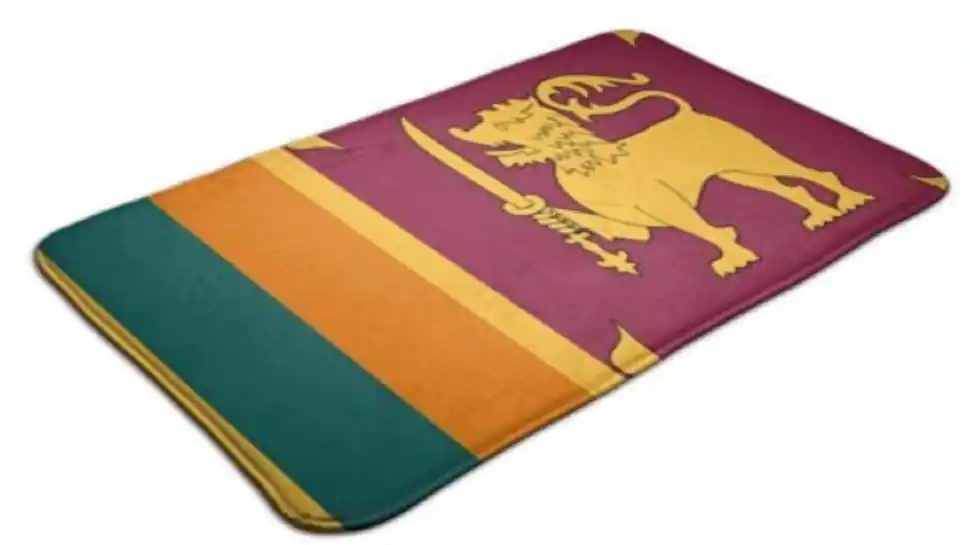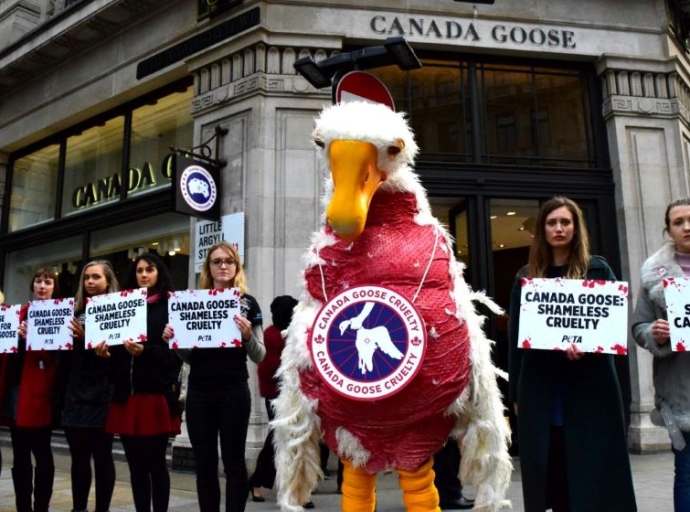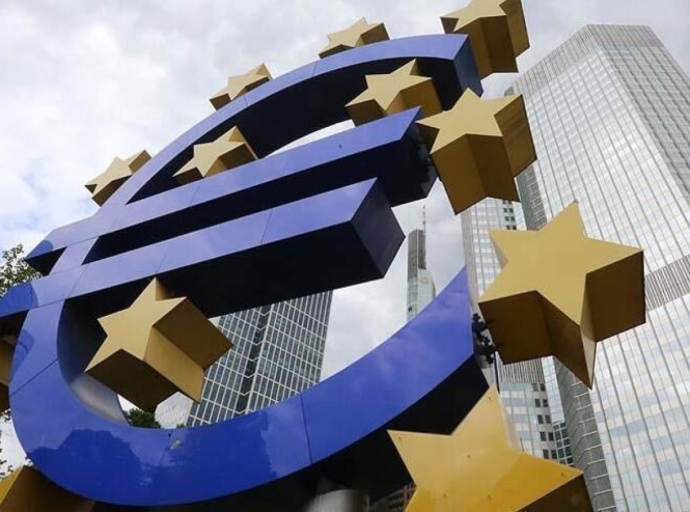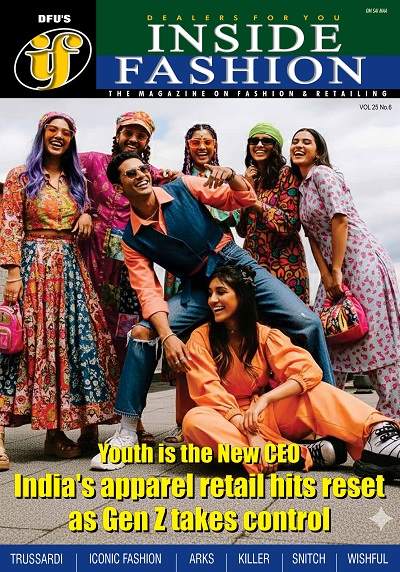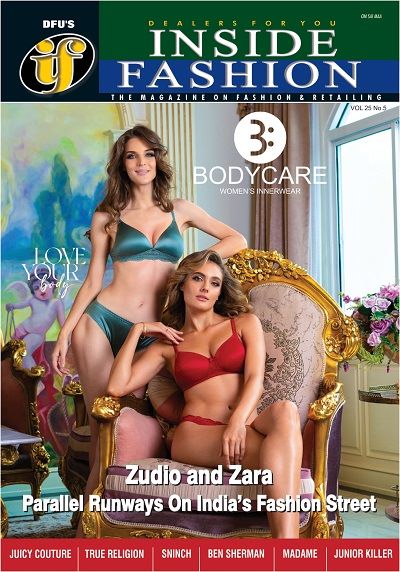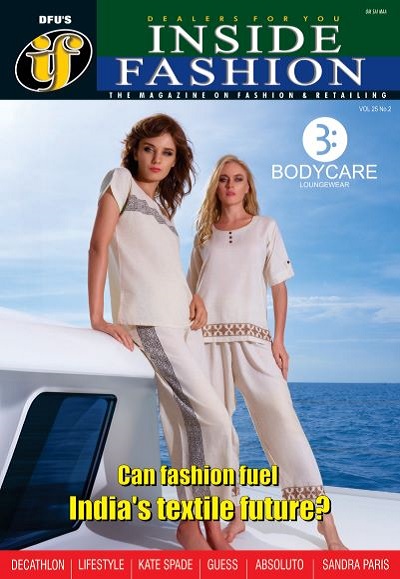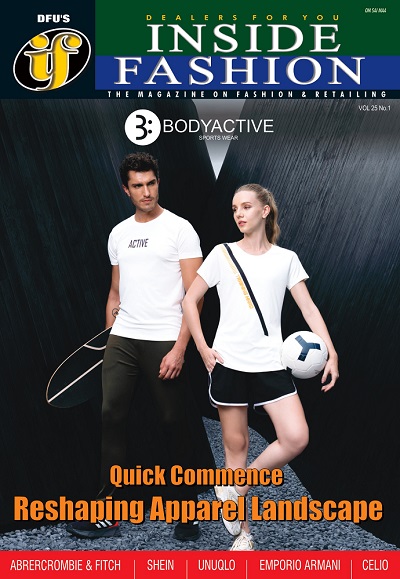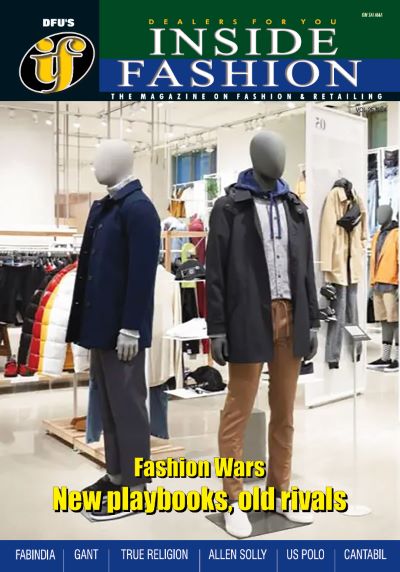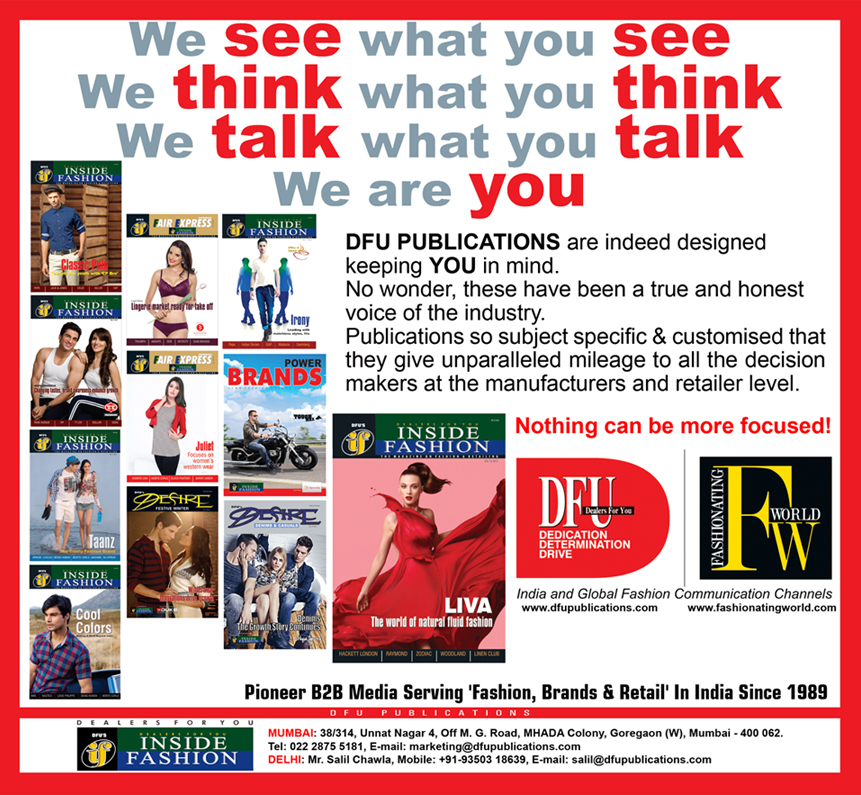03 September 2022, Mumbai:
The brand acquisition seems to be the flavor of the day. Aditya Birla and Reliance Group, two of India’s prominent business groups have recently invested in designer brands like Manish Malhotra, House of Masaba, Tarun Tahiliani, Sabyasachi, and Anamika Khanna.
Both groups seem to be more inclined towards luxury brands, though they have also invested in a few premium ones, says an Inventiva report.
BRANDED HOUSE VS HOUSE OF BRANDS
As per Mahesh Singh, Founder and Managing Director, Singhi Advisors these acquisitions will give Reliance Brands and Aditya Birla Fashion and Retail (ABFRL), a chance to expand their product lines while offering the designer brands an opportunity to open more stores, introduce new products, etc.
Steady growth in the fashion industry
The Indian fashion industry has been growing at a steady rate despite a curb on weddings due to the pandemic. As per the market research company Euromonitor International, the Indian fashion market is expected to grow at a CAGR of 15 percent between 2021 and 2026.
Both Reliance Brands and ABFRL have been trying to get a piece of this growth pie. For the last few years, they have strengthened its position through new acquisitions and partnerships.
For instance, ABFRL invested in the House of Masaba to boost its beauty and personal products range. The acquisition helps the company acquire a well-known brand and a well-established consumer base.
Through these acquisitions, both these groups plan to widen their price range to include consumers from all social and economic strata. For instance, ABFRL offers a mix of brands like Van Heusen, Allen Solly, Jaypore, and Sabyasachi Couture for women.
One ET study refers," In Q1 2021, $1.3 billion of VC funding was raised by D2C brands in the US, with India at $500 million. The hyper-accelerated D2C Brands explosion made way for many disruptions, with The hyper-accelerated D2C Brands explosion made way for many disruptions, with ‘‘.
Widen products and market reach
Such collaborations benefit designer brands by allowing them to sell and distribute products across the world through big companies. They help brands consolidate their market position and unlock some value. Meanwhile, conglomerates like ABFRL and Reliance Retail are able to offer more choices in clothes, points out Aditya Chaudhury, Partner, and Argus Partners.
Investing corporate money into the designer clothing industry also offers more expansion opportunities to designers. For instance, known for its bridal lehengas, Sabyasachi Couture launched its jewelry line in 2017.
The designer brand also launched a fast fashion range in August 2021 in collaboration with H&M. Designers can also explore new markets by introducing affordable clothing or jewelry range. This ensures their clothes are bought by more number people.
Build omnichannel networks
Brand acquisition by corporate houses also helps them build omnichannel networks and adopt a direct-to-consumer approach. For instance, the strategic purchases of Genesis Luxury and Brooke Brothers help Reliance form partnerships with Burberry, Coach, Jimmy Choo, Diesel, Kate Spade, Michael Kors, Steve Madden, etc.
The paper intends to explore the basics of Brand Architecture getting readers valuable trade insights with a handful of examples. However, corporate acquisitions aren’t limited to luxury brands alone as affordable brands like Clovia, were bought by Reliance for ten times its sales this year and Amante for the same amount in 2021. Similarly, ABFRL bought Phillipe, Van Heusen, Allen Solly, Peter England, Forever 21, etc.
Both groups prefer to buy brands rather than make them. To sustain its growth momentum, they need to widen its price range to serve a wide range of consumers. They also need to retain the core value of couture brands while growing them.
Join our community on Linkedin


